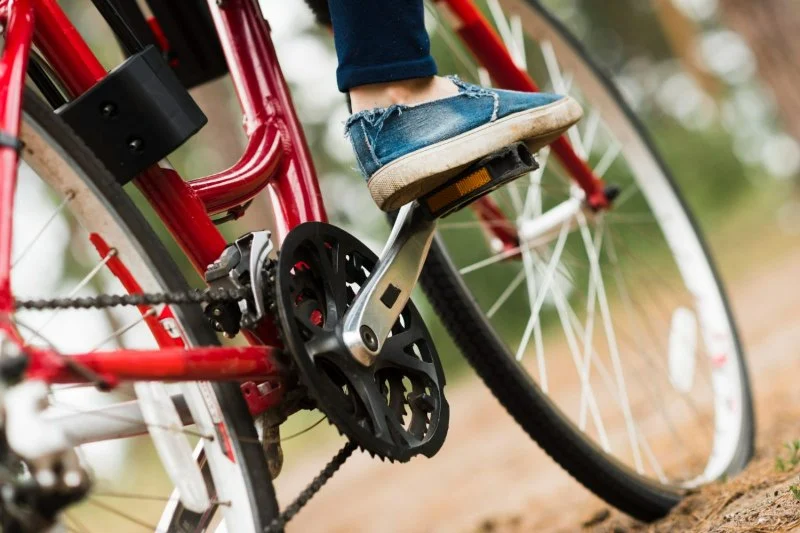
- understanding-the-difference-between-clipless-and-flat-pedals - Understanding the Difference Between Clipless and Flat Pedals
- when-to-use-clipless-pedals - When to Use Clipless Pedals
- when-to-use-flat-pedals - When to Use Flat Pedals
- real-rider-experience-switching-between-both - Real Rider Experience: Switching Between Both
- choosing-what-suits-you-best - Choosing What Suits You Best
1. Understanding the Difference Between Clipless and Flat Pedals
The choice between clipless vs. flat pedals often sparks debate in the cycling world. Clipless pedals—despite the confusing name—actually involve clipping your shoe into the pedal with a cleat system. They provide a more secure connection and efficient power transfer. Flat pedals, on the other hand, are the standard platform pedals where your shoes rest freely on top.
Both have their pros and cons, and the best option largely depends on your riding style, terrain, and skill level. If you’re new to biking or exploring different disciplines, understanding the right context for each can seriously improve your cycling experience.
2. When to Use Clipless Pedals
Clipless pedals shine in performance-oriented cycling such as road biking, cross-country mountain biking, or endurance rides. They allow for a smooth pedal stroke by enabling power both on the downstroke and upstroke, helping with speed and efficiency.
Road cyclists especially benefit from this system during long climbs or fast sprints. Once you're accustomed to the clipping mechanism, it also adds confidence on tough terrain where foot slippage could be dangerous.
However, they do come with a learning curve. Many first-time users report a “tipping moment” when they forget to unclip while stopping. But once mastered, clipless pedals become second nature—like driving a stick-shift car.
3. When to Use Flat Pedals
Flat pedals are ideal for beginner cyclists, trail riders, BMXers, and those who ride in urban environments or unpredictable terrain. They allow for quick foot removal, better maneuverability, and more control during tricks or technical sections.
Downhill and enduro riders often prefer flats for their quick exit ability. Commuters also love them for practicality—no special shoes required. Plus, they help build better technique and muscle engagement, especially when learning how to properly position feet or balance the bike on technical trails.
Flat pedals offer a sense of freedom. You can shift your weight, jump off the bike instantly, or walk into a shop without that awkward "clack clack" of cleated shoes.
4. Real Rider Experience: Switching Between Both
Case in point: James, a UK-based cyclist and weekend racer, started with flat pedals on his hardtail mountain bike. As he got into road cycling during lockdown, he transitioned to clipless pedals for longer rides and group rides around Surrey Hills.
He shared, “I still use flats when I ride with mates on the trails, especially in the Lake District. But for sportive events or training on my road bike, clipless just makes sense.” His flexible setup echoes what many riders discover—the right pedal is often about the moment, not a lifetime commitment.
5. Choosing What Suits You Best
There is no one-size-fits-all answer in the clipless vs. flat pedals debate. Your bike goals, terrain, and comfort should guide your choice. If you’re racing, clipless could give you that edge. If you’re learning, or love technical riding, flats are forgiving and practical.
Need help deciding? At Cycling Guider, we help you find the most suitable gear—whether you’re going off-road in Wales or commuting through London. Choosing the right pedal type is just the first step in your ride’s evolution.


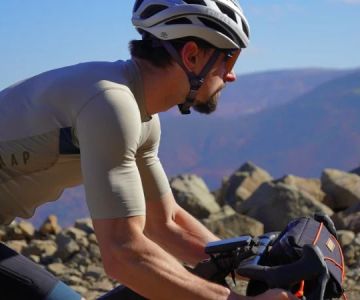
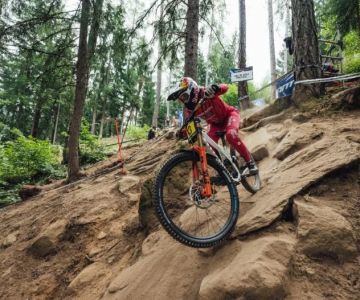
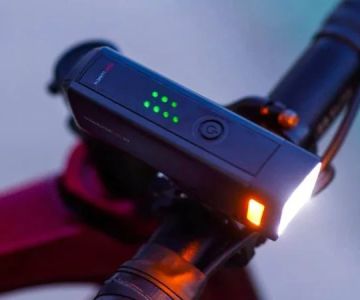

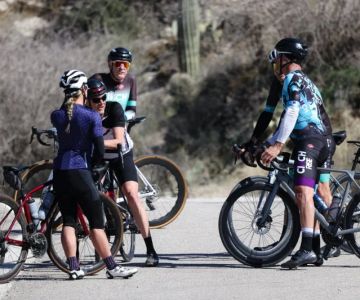
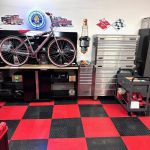 Billet BMX5.0 (2 reviews)
Billet BMX5.0 (2 reviews)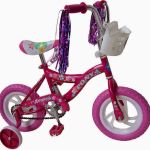 Far East Children Bicycle Factory1.0 (1 reviews)
Far East Children Bicycle Factory1.0 (1 reviews)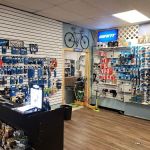 Archer Motorsports, Inc.4.0 (8 reviews)
Archer Motorsports, Inc.4.0 (8 reviews) YEP Bike Works4.0 (55 reviews)
YEP Bike Works4.0 (55 reviews) Gorham Bike & Ski4.0 (498 reviews)
Gorham Bike & Ski4.0 (498 reviews)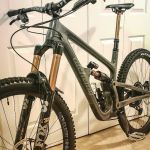 Alchemy Bikes4.0 (37 reviews)
Alchemy Bikes4.0 (37 reviews) How to Teach Kids to Ride a Bike: A Step-by-Step Guide for Parents
How to Teach Kids to Ride a Bike: A Step-by-Step Guide for Parents Tips for Riding on Busy City Streets: Smart Strategies for Urban Cyclists
Tips for Riding on Busy City Streets: Smart Strategies for Urban Cyclists Best US National Parks for Mountain Biking: Ride Epic Trails Across America
Best US National Parks for Mountain Biking: Ride Epic Trails Across America Best Aero Helmets for Time Trials and Racing
Best Aero Helmets for Time Trials and Racing How to Clean and Lubricate Your Bike Chain Like a Pro
How to Clean and Lubricate Your Bike Chain Like a Pro 10 Must-Have Items for Long-Distance Cycling Trips
10 Must-Have Items for Long-Distance Cycling Trips